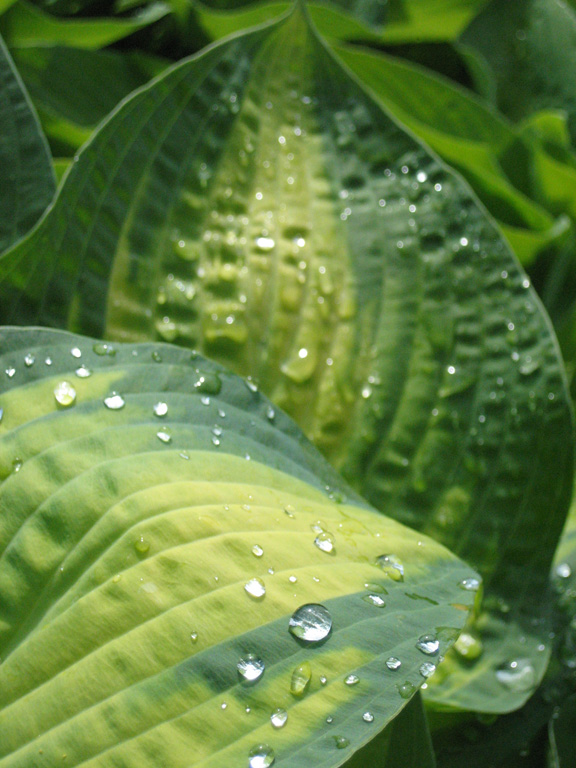
Welcome to the 65th edition of I and The Bird! As the year winds down, perhaps you -- like me -- will think of where you've been during the last 12 months and where you want to go in the next 12. Along with destinations, I typically think of how I got from here to there. Do we agree that the destination
and the journey both contribute to the experience?
My favorite journeys typically occur in cars. Road trips have created fabulous memories, like driving to the American Birding Association's 2005 convention in Tucson, Arizona. Have you driven across the desert in late July? In a 33-year-old car without air conditioning? It's an adventure. The journey definitely added to my delight in arriving at the ABA host hotel.

Our journey through life involves a roll of the dice, no?
Delight, peace, celebration... those are the feelings that Rob the
Birdchaser associates with birding. He recommends
birding for peace when overwhelmed by our daily journey.
Bill Schmoker of
Brdpics revels in the roll of the dice that brought an unusual
oriole to a nearby home. With his close-up images, Bill shares a lifer and a state record for Colorado.
Liza Lee Miller of
Chickadee Chatter celebrates
young ravens in love with a photo and a simple poem.
At
Living the Scientific Life, GrrlScientist says bright
Blue Tits make better mothers: "Is it possible that females, like males, advertise their genetic quality by having more colorful plumages or more elaborate ornaments?" Click the link to read about a French study.
At
Consworld, Con shares photos of a
Pygmy Nuthatch sorting seeds from a backyard feeder. Visit again for updates of her photographic explorations.
Moe at
Iowa Voice gives a good luck at a
Red-bellied Woodpecker and relates where to find it and how to identify it. You can actually see its namesake field mark.
Wrenaissance Woman of
Wrenaissance Reflections offers a photo of
Mr & Mrs Northern Pintail. Look later for her progress on the Wrenaissance backyard habitat.

We sometimes share the road with predators.
Ecobirder shares images from
lunch with Marcia, a Peregrine Falcon. His close-up photos yielded info from the raptor's leg bands and revealed her history.
At
Pohinga Pete, Pete relates the challenges that
"whio" face and shares fabulous photos of New Zealand's Blue Duck.
John at
Born Again Bird Watcher shows how we need to consider predators' presence when we place
feeders in our back yards. Thanks for the reminder to check our blind spots, John.
At
Trevor's Birding, Trevor reveals great birding moment
#32 involving a predator: "I also knew that this was one of the places we were definitely planning to visit. As the day approached I had a great deal of excited anticipation."
At
The Owl Box Blog, Owlman reminisces about birds that create a
soundtrack for our ramble through life. Take a peek at his poll, and cast a vote, too.
Tai Haku of
Earth, Wind & Water said of
some birds, "Also the brown, gold and (british racing) green head pattern just looks so old and british - its like it should be the interior of a rolls-royce." Go see for yourself!
An unexpected change in the itinerary sometimes yields wonderful surprises, as Duncan of
Ben Cruachan Blog reveals: "I’m quite partial to a sausage in a slice of bread with plenty of tomato sauce, and set off looking forward to sitting above the lake at lunchtime eating a sausage and washing it down with a cool ale, oh yes, and I was looking forward to the birding too."

And sometimes we encounter exotic flora and fauna.
Some exotic species aren't so welcome, notes James at
Birdman. In "
Tanzanian Observations of Nature Supreme," he describes floral frustrations as well as more welcome additions to the garden.
Amila of
Gallicissa provides a pleasing look at
Brown Hawk Owls in his garden in Sri Lanka. Peek through Amila's blog for tales and photos from his adventures as a birding guide and Scrabble aficionado.
At
Biological Ramblings, Nick talks about his
study of Black-crowned Palm-Tanager and Gray-crowned Palm-Tanager on Hispaniola in the Caribbean: "Particularly interesting from an evolutionary perspective is the presence of several sister-species pairs: a pair of species that appear to have diverged from a common ancestor on Hispaniola."
At
The Nightjar, Hoary Redpoll describes how a dream included directions to find
Long-eared Owls. Amazing tale of what happens when we tune into our subconscious!
Another
owl species rewarded Sharon of
Birdchick.com after a challenging Christmas Bird Count in Minnesota.
The Birdfreak Team at
Birdfreak: The Bird Conservation Blog also participated in a
CBC in northwestern Illinois: "...since we were doing a count, photography took a back seat and each of the birds discovered required a lot of work in the cold and icy conditions."

Perhaps the cold-weather birders would remain warm if they traveled with one of these.
Lillian and Don Stokes at Stokes Birding Blog give a visual glimpse of their
CBC in New Hampshire. Their experience and tallies add to birders' roadmap for various species' peregrinations.
Bruce of
Peaceful Societies discusses the growing enthusiasm for CBCs among the
Amish of eastern Ohio: "Two brothers formed the first Amish CBC in 1989 and centered it on Ragersville, near the Holmes County border in Tuscarwas County, Ohio."
N8 at
The Drinking Bird relates his ramble during the
Durham County CBC, which included success at the NC State experimental beef farm.
Farther south, life on the road at
The Flying Mullet tells of interesting
finds in downtown Miami.
At
Alis Volat Propriis, Leigh describes her
first CBC of the season in Southern California. (Off-topic: Leigh won WildBird's Birder of the Year contest in 2005 and will appear in each '08 issue.)
Younger birders like Leigh sometimes experience a "
tipping point" via a teacher, as Roger Tory Peterson did with Blanche Hornbeck. John at
Birds Etcetera trumpets the valuable contribution of Miss Hornbeck of pointing the young RTP to a rewarding path.
Vern at
Big Spring Birds tells of a
Common Loon that took a wrong turn but received help from Good Samaritans and resumed its journey after an overnight rest stop. Thank goodness for generous fellow travelers.
At
The Greenbelt, The Ridger offers photos from a
Gray Day, Gray Birds.
On a cold and windy day, John at
A DC Birding Blog found a lifer:
Horned Lark! Perseverance paid off during his visit to Liberty State Park in Jersey City.

Some species appear entirely out of place.
At
View From the Cape, Jason Guerard provides detailed directions -- with help from Kevin T. Karlson, Michael O'Brien and Karl Lukens -- to identify
Lesser Nighthawks.
Patrick of
The Hawk Owl's Nest revels in his
bird of the year: "...it was such an amazing view of a bird that I thought I would have to travel 1000's of miles to see (and still need some luck)."
At
10,000 Birds, Mike, Corey and Charlie detail their
top 10 nature moments of the year. How do they rate to yours?
Thank you to the many contributors who made the carnival possible! If you enjoyed their posts, please let them know by leaving comments on their blogs.
If you'd like to participate in the 66th edition of I and The Bird, please send the URL of your blog post to
John at bornagainbirdwatcher dot com with the words "I and The Bird" in the subject line. The deadline for submissions is Tuesday,
Jan. 8.
Please let
me know if any links become wonky. Thank you!
Car photos by yours trulyLabels: carnival, I and the Bird

























